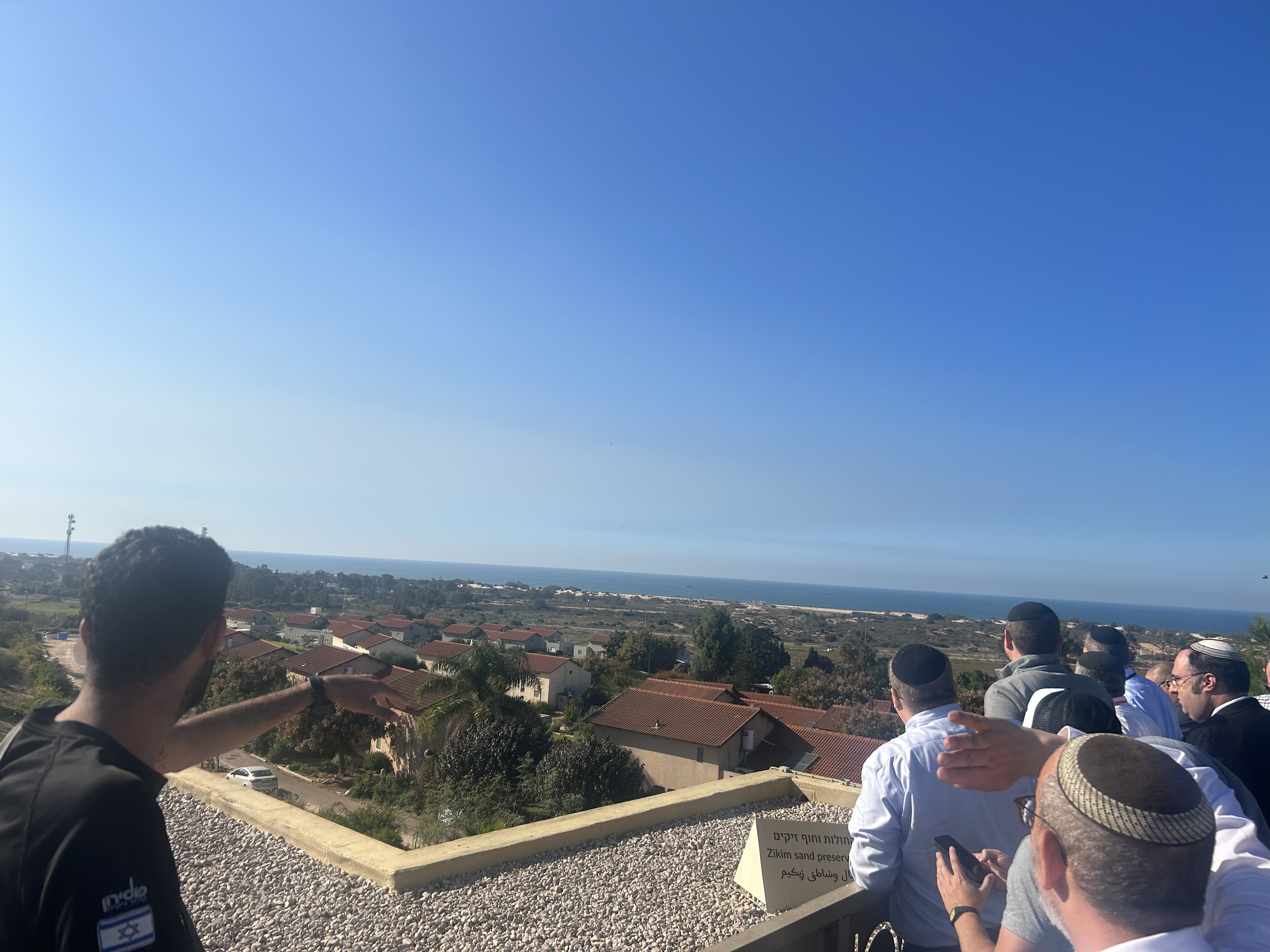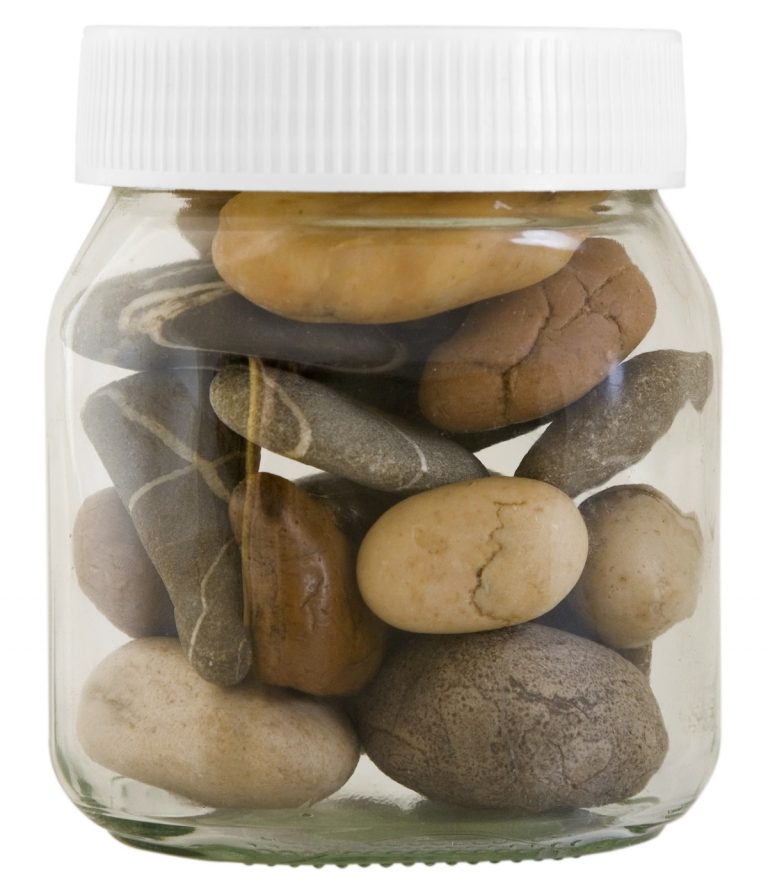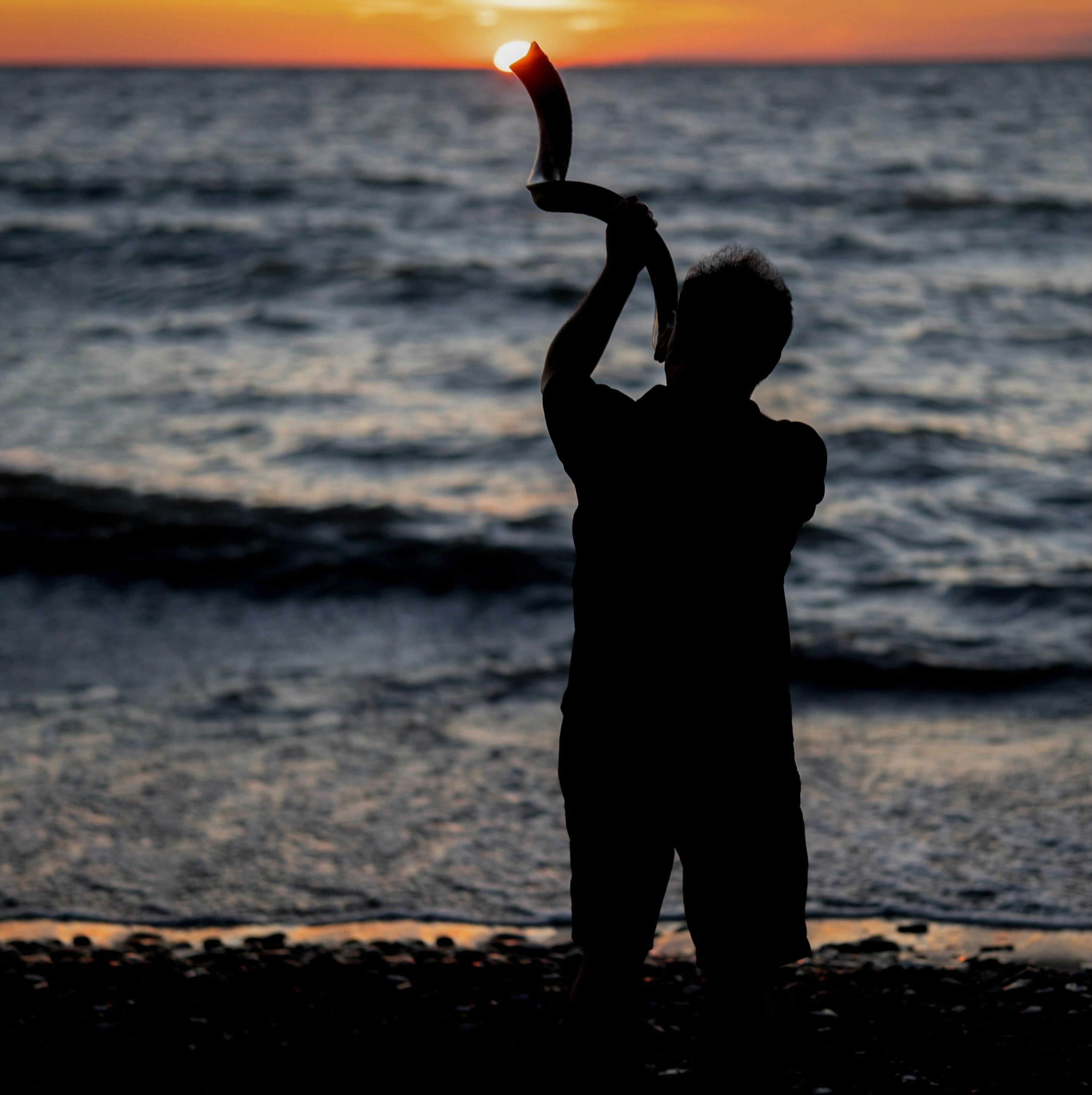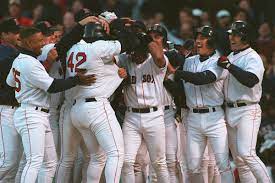June 9, 2022|י' סיון ה' אלפים תשפ"ב Bamidbar 5782 - A Torah Given in the Desert is a Torah for Us All
Print Article
Almost every single year in Chutz La’Aretz, we read Parshas Bamidbar before the Yom Tov of Shavuos. And I saw and idea this week that made me think that the connection between the two is more than just a calendaric coincidence.
The parsha begins with a census of Am Yisrael, and the Ramban is perplexed: What was the purpose of counting Am Yisrael? Yes, they were setting up the camp and needed to know where each shevet would camp, but if that were true, it would be enough to make sure everyone knows their lineage, knows which shevet they’re from. Why did each person need to be counted!?
I recently had the privilege of joining my youngest son at his 6th birthday party in school. As you know, there have not been birthday parties in school for over two years, so this was his last chance to have a party in school, so I went.
And it’s been a little while since I found myself inside a Kindergarten classroom, and I was struck by a number of things. But one that stood out was the way Gavriel’s mora found a way to keep EVERY child engaged.
When she asked a question, multiple children were given a chance to answer, and for each answer or task a different child was chosen. The reason for this to us is obvious: Not because the Mora or even the other children NEEDED to hear the answer from the child, but by being chosen to participate the child FEELS that he or she MATTERS. They feel SEEN, they feel HEARD, they feel APPRECIATED.
Rav Soloveitchik once explained that there are two different reasons to count:
- Sometimes we count because we want to know the sum, to reach a number. You want to know are there 50 or 60. For example, during the days of sefira, we count to reach the 50th day so we can celebrate Shavuos.
- However, there are also times when we count and we don’t need to know anything about the number, we just need to make sure that every person is COUNTED.
And the Rav explained this second type of counting based on the distinction between the first and second luchos.
The Beis HaLevi, the Rav’s great-grandfather, after whom he was named, describes that besides the fact that the first luchos were made by Hashem and the second were made by Moshe, there was another distinction as well:
- The first luchos, says the Beis HaLevi, contained both the Torah Shebichsav, the written laws, as well as what would later be known as Torah Sheb’al Peh, the oral law, the explanation of the entire Torah.
Sound miraculous? It was, and that’s why HKBH made these ones!
- The second luchos, however, contained only the Torah Shebichsav, only the written law, and the oral tradition, the Torah Sheb’al Peh became just that, a tradition passed down from rebbe to talmid, from teacher to student, from one generation to the next.
This difference between the two sets of luchos, then, didn’t only impact how the luchos looked. It impacted how Moshe was going to have to teach his people.
With the first luchos, Moshe was simply a shliach to provide for them the entire Torah. He could hand it over and the people would learn it on their own. It was all written there for them.
Now, with the second luchos, Moshe had to become their REBBE. He would have to sit and teach each and every Jew. It was at this time that Moshe became Moshe RABBEINU, the Rebbe of all of Am Yisrael.
If that was true, though, then Moshe needed to have a relationship with each and every member of Am Yisrael. If he was really going to teach them, he needed to know them, to feel connected to them, and for them to feel connected to him.
And, therefore, he had to count each and every one of them. NOT because he needed to know how MANY they were, but because each and every one of them needed to see that they MATTERED to HIM.
As the Ramban writes about the experience of being counted:
כי הבא לפני אב הנביאים ואחיו קדוש ה' והוא נודע אליהם בשמו
“Because each person would have the zechus to come to see Moshe Rabbeinu and his holy brother, and to be known to them by name.”
And continues the Ramban, that by doing so Moshe would look at each person with an Ayin Tova, and he would be moved to daven on their behalf.
This was the GOAL of the counting. NOT to know a number, but so that every member of Klal Yisrael could feel SEEN and APPRECIATED.
And this, of course, is the message of the language used to DESCRIBE the counting of Am Yisrael:
(ב) שְׂאוּ אֶת רֹאשׁ כָּל עֲדַת בְּנֵי יִשְׂרָאֵל ]לְמִשְׁפְּחֹתָם לְבֵית אֲבֹתָם בְּמִסְפַּר שֵׁמוֹת כָּל זָכָר לְגֻלְגְּלֹתָם:[
Lift up the heads of each member of Bnei Yisrael.
As we find this language in another place as well:
When Yosef is interpreting the dream of the Sar HaMashkim, the butler, he says:
בראשית פרשת וישב פרק מ
(יג) בְּעוֹד שְׁלֹשֶׁת יָמִים יִשָּׂא פַרְעֹה אֶת רֹאשֶׁךָ וַהֲשִׁיבְךָ עַל כַּנֶּךָ וְנָתַתָּ כוֹס פַּרְעֹה בְּיָדוֹ כַּמִּשְׁפָּט הָרִאשׁוֹן אֲשֶׁר הָיִיתָ מַשְׁקֵהוּ:
In another three days, Pharaoh will lift your head up and return you to your post, and the cup of Pharaoh will once again be in your hand and you will serve him.
Yisa es Roshecha does NOT mean to count. It means Pharaoh will show you honor, he will SINGLE YOU OUT, RECOGNIZE YOUR STRENGTHS, and show how much you mean to him!
Says the Rav, it is the EXACT SAME THING HERE. Hashem is NOT telling Moshe to count the Jewish People. He is telling him to show EACH and EVERY MEMBER OF AM YISRAEL how much they matter to you and matter to me by counting them, one-by-one.
Because if you’re going to teach them Torah, Moshe, they have to see that you believe in them, that you think they’re worthy of it, and that you’re there for them.
And this, I believe, is at least one of the connections between Parshas Bamidbar and Shavuos. Because as we prepare for the Yom Tov of Shavuos yes there is a lot of excitement in the air. So many opportunities for learning and growth. Yet, learning is one of those areas where many – if not most - of us still feel inadequate.
Some of us haven’t had an opportunity to learn in a serious, in-depth way in a very long time or ever. Some of us do spend time learning but somehow still feel like we don’t know enough, we don’t have good enough skills.
Somehow the mitzvah of Talmud Torah, which, on the one hand is the greatest mitzvah we can do, is at the same time so all-encompassing and at times so overwhelming, that we can’t help but feel inadequate.
And perhaps this is the reason why JUST BEFORE SHAVUOS, at a time when we sometimes want to retreat and say “who am I?” “Do I really belong in a yom tov all about an area of Jewish life that is so hard for me?” we read Hashem’s command to Moshe: Se’u es Rosh KOL ADAS YISRAEL! Moshe, take a moment to remind every single Jew that they matter and they have a place in the world of Torah. That no matter the type of learning they take part in, a gemara, a shiur, a Mishna, a Tanach, or an English sefer, it matters to ME!
The Lubavitcher Rebbe once asked: Why was the Torah given in the midbar, in the desert? Shouldn’t it have been given in Eretz Yisrael?
And he answered, in the only way he could. He says that there are Jews who feel they are in a spiritual midbar, a spiritual desert. They feel they have lost their way with nothing to sustain them. Therefore, says the Rebbe, the Torah was given BAMIDBAR, in the desert, to remind all of us that no matter how empty and barren we may feel, the Torah is always there for us, ready for us if we are ready for it.
As we approach the Yom Tov of Shavuos in only a few hours, let us remind ourselves that we COUNT, we MATTER, and that our contribution to learning Torah matters to HKBH. If we can remind ourselves of that message, then we can use the next two days to truly be a time of a collective and personal Kabbalas HaTorah.




